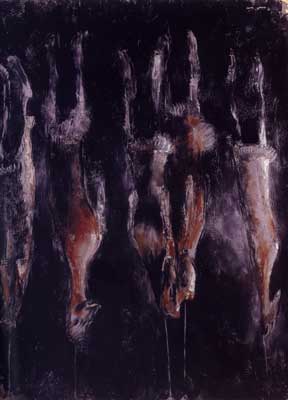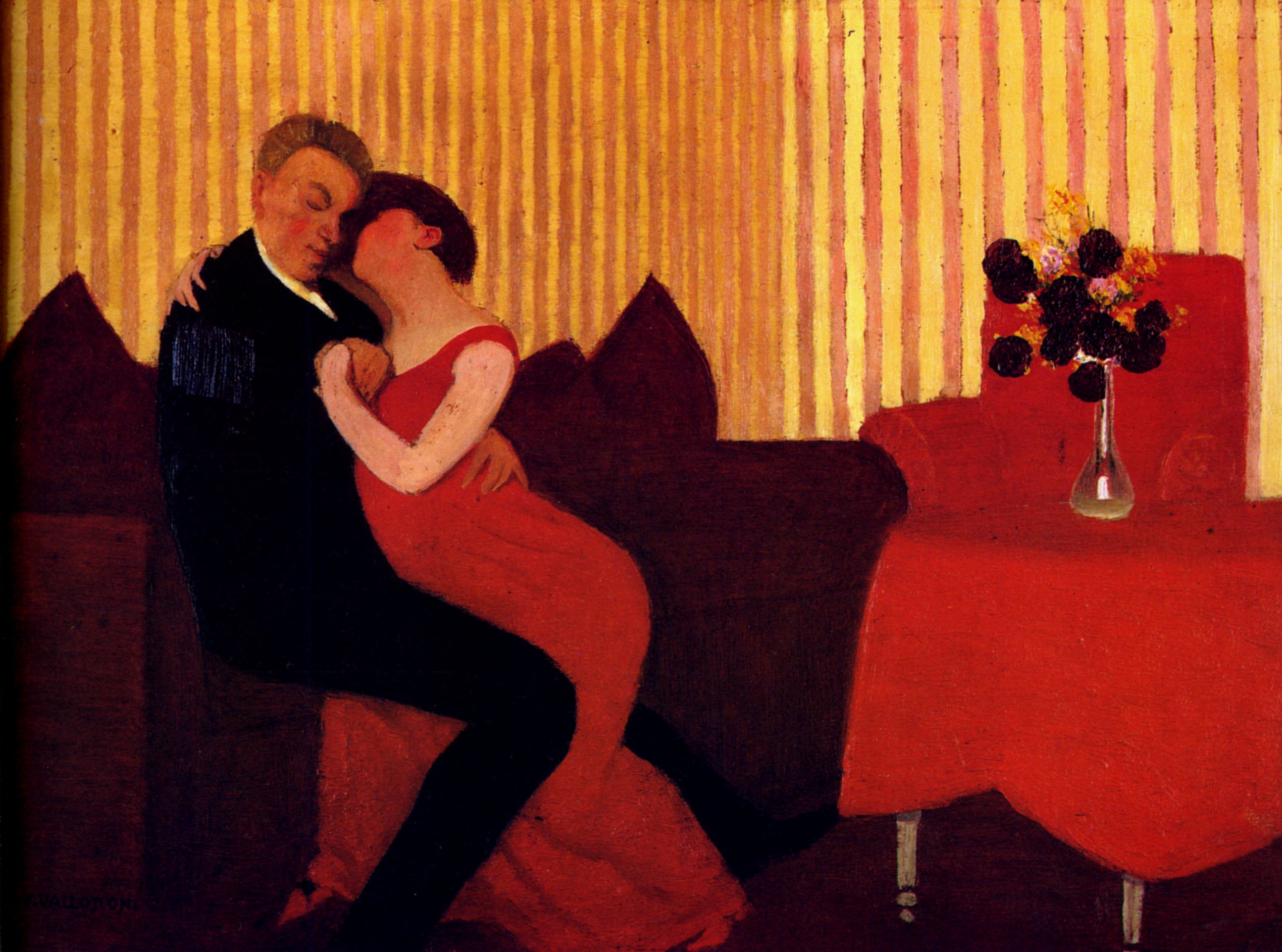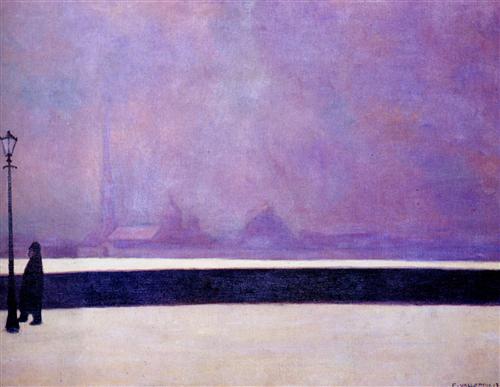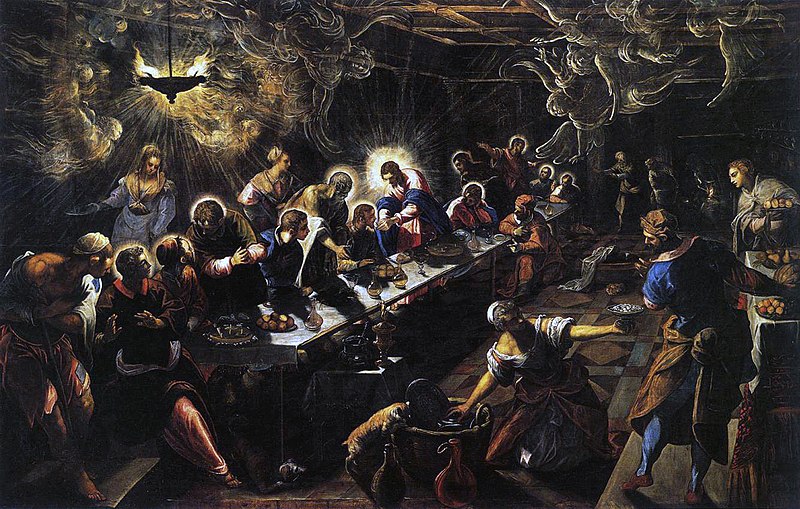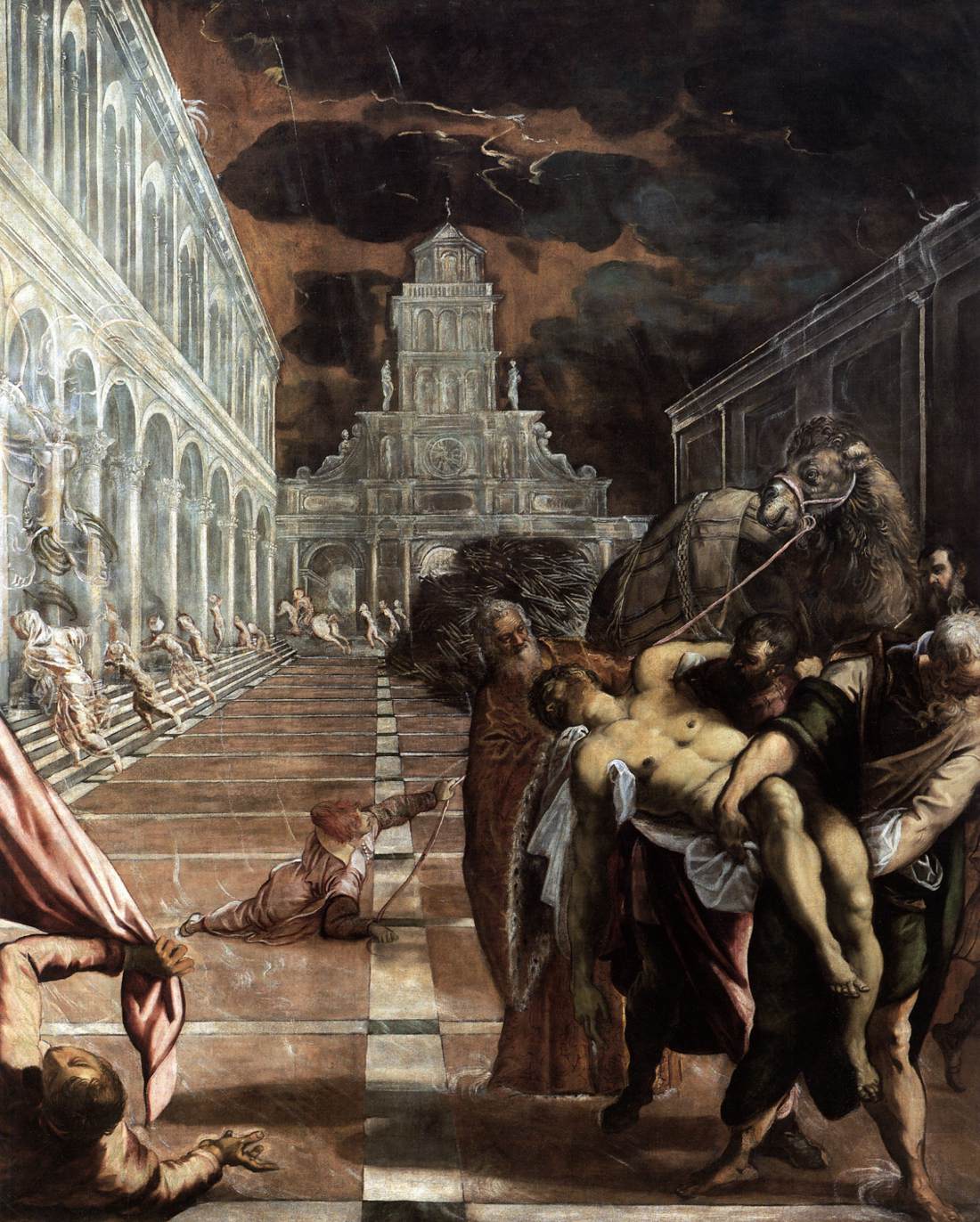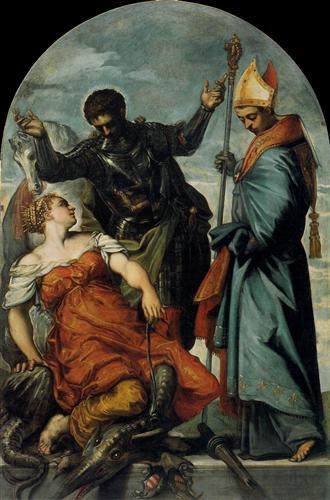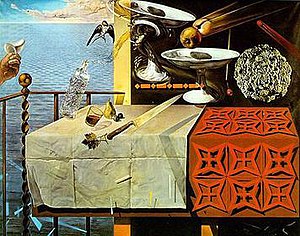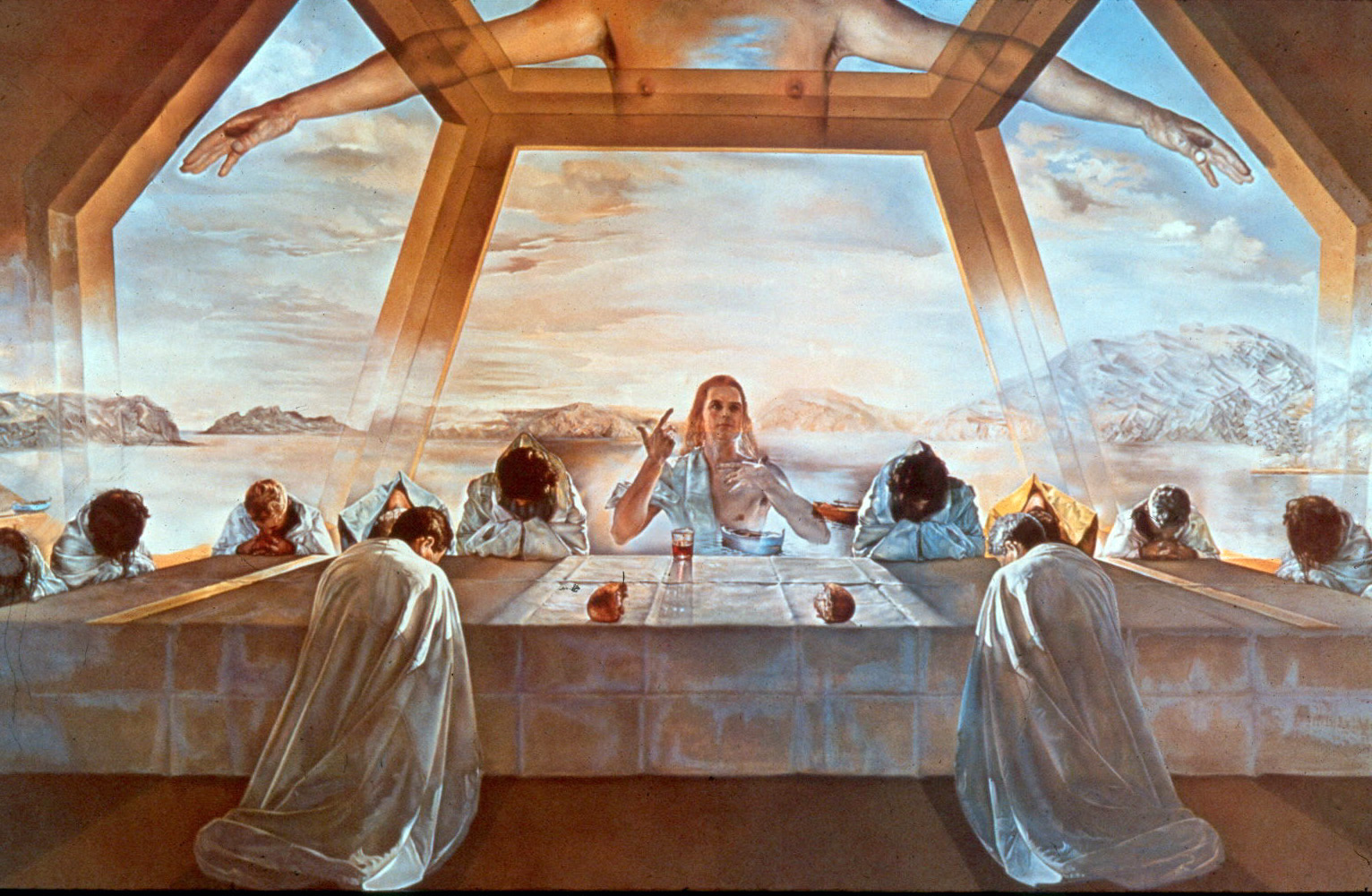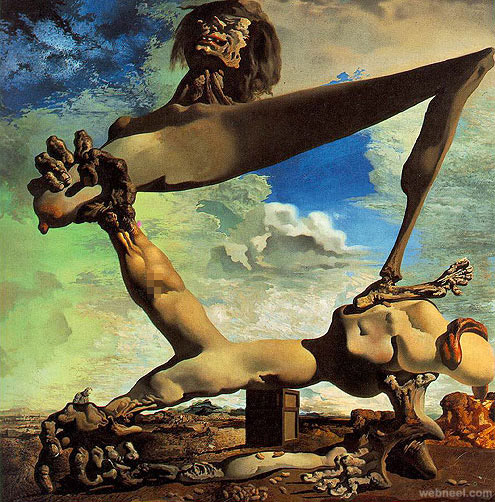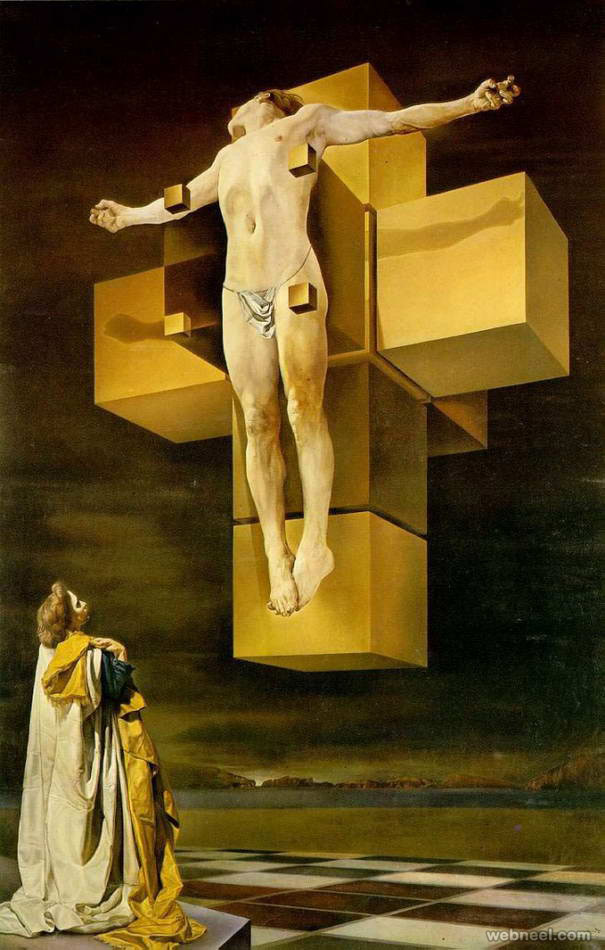A sense of
disquiet occasioning in the viewers exacerbated when they found themselves in
an exhibition room that was almost unpeopled- quite normal I suppose for a
Wednesday afternoon- and under the incessant, rigid vigilance of stiff-backed
custodians, who seemed unnecessarily outnumbered for a show so small. Small-scale, though,
there were at least 100 paintings waiting to be beholden, to be confronted by
whomever that had no apprehension of what they were going to see. We felt our
ignorance jeered upon, our forbearance sorely tested. The sights that passed
through our eyes were atrocious, relentless, bewildering. Once we hastened out
of the exit, still stunned with the horrors we could not yet comprehend, how we
wished we hadn’t subjected ourselves to such ordeal, in a supposed-to-be
glorious afternoon.
But we
should have been cautious in advance of the ordeal, because this was a Jean
Fautrier’s retrospective we were attending. Jean Fautrier, a French-born artist
whose life was punctuated with calamitous events: two World Wars, the Great
Depression, the Occupation, dedicated his artworks chiefly to the unique
portrayals of pain and ugliness. The exhibition began with his early realism
works, the result of his academic training is apparent, but from which influence
there are telling signs that he was desperately trying to refrain. Fautrier had
the license to rebel. There was this portrait of a concierge, her head was ill-formed
and lumpy; she managed a smile that should be as innocent and genial as that on
the face of an avuncular elder lady, but on closer inspection we sensed
something sinister. One was reminded of that Grotesque Old Woman by Quentin Metsys. This mocked-up portrait by
the Flemish master is doubtlessly more jocular; the comedy of the old woman’s
overblown deformity encourages light-hearted laughter. Whereas with Fautrier’s we
see no amusements. It seems almost as if Fautrier envisioned every human being
to look exactly like that, like an old, gnarled tree.
No sooner
did Fautrier disentangle from the throes of academicism than the style of
paintings took a drastic turn towards abstraction. I lighted on a painting that
was to leave in me an equal measure of shock and disturbance as those of the
Hostages series. Skins of Rabbits depicts
five dead rabbits dangling on a string, their skins torn clumsily from hind
paws to heads. Anyone familiar with the tradition of bodegón
will surely not consider the work an anomaly in Western Art, nor its luridness too
appalling to scrutinise with great concentration. Lurid inevitably one did feel
when one judged it for some time, and seemingly saw the trembling fingers of a
pair of hands appearing through the forms of the rabbits’ legs. This still-life
is not a celebration of food, but Death’s exultant dance.
As Fautrier
was inclining towards abstract art, his long pent-up anger and grief burst
through the stoical façade that rendered his early works so peculiarly
constrained. It was almost of no surprise that Fautrier’s career culminated in
the Hostages series. The depictions of victims’ heads- wrung, twisted,
fractured, rent, tortured by pain- are rather more of a trenchant response to
the horror of war than merely the documenting of personal experiences. Combining
figurations with abstractions, the heads are not so unrecognisable as doughs of
flesh- one could still dimly make out the physiognomy; the victims were not yet
dusting away into oblivion. The affliction is keenly felt yet at times
dubiously muted; the emotions ferocious but constrained. A rare beauty exuded
from such gruesome aggression when, despite the disconcerting feeling
occasioned in me when browsing through the series, I lingered for a while on
Fautrier’s sculpture, Head of a Hostage,
and fantasised that I saw some obscure face born out of the amorphous rock. Not
until when I read Andre Malraux’s exhibition catalogue did I realise I was not
entertaining a fantasy, but, according to Monsieur Malraux, the Head, which he singled out as the
centerpiece of the series, did entail a hope of “incarnation.”
However I
couldn’t help doubting, with one who witnessed and was forced to digest so many
horrors and tragedies, Fautrier could still find beauty in ugliness. Maybe at
one moment- and let’s imagine if that were the moment before Fautrier breathed
his last- he finally realised what human nature was all about: that we are a
self-torturing sort, we are born to be forgiving and reconciled with the idiotic
conviction that every vice is permitted a chance of redemption. He was tortured not
because he was unable to forget, but could never hate.

